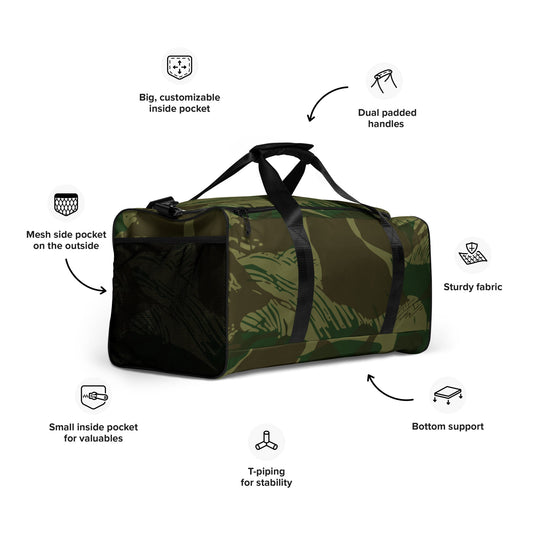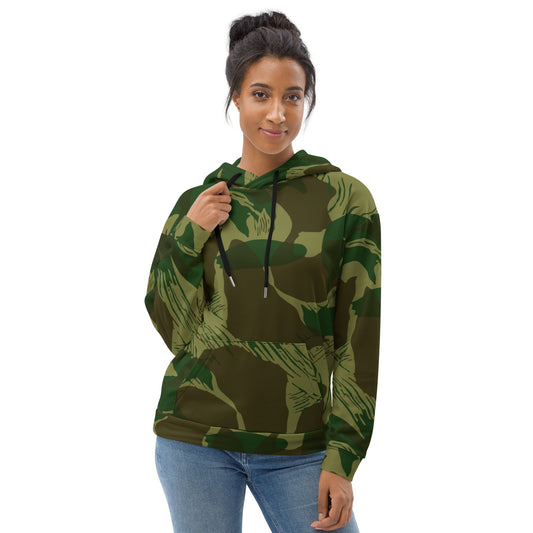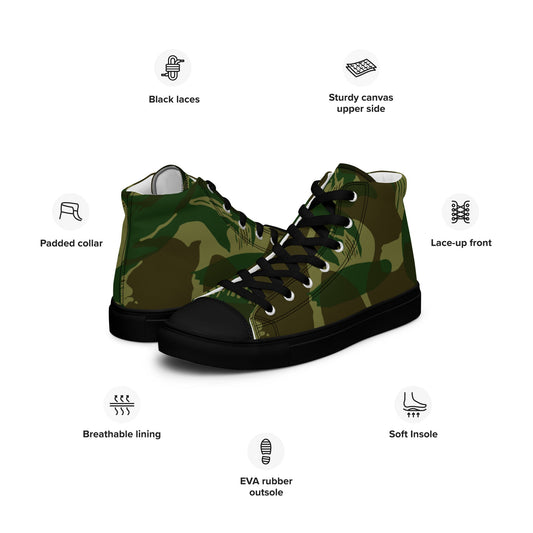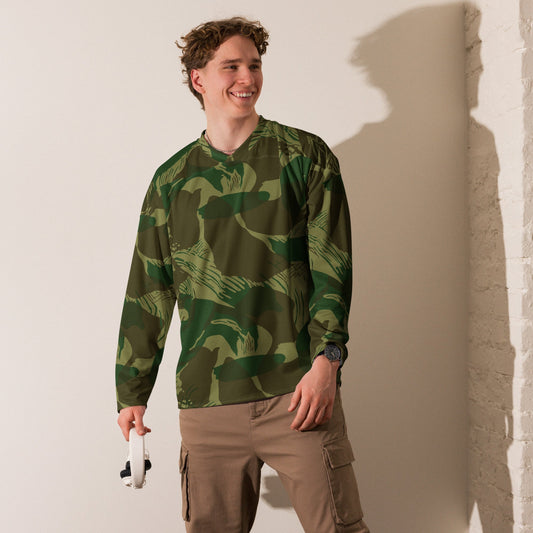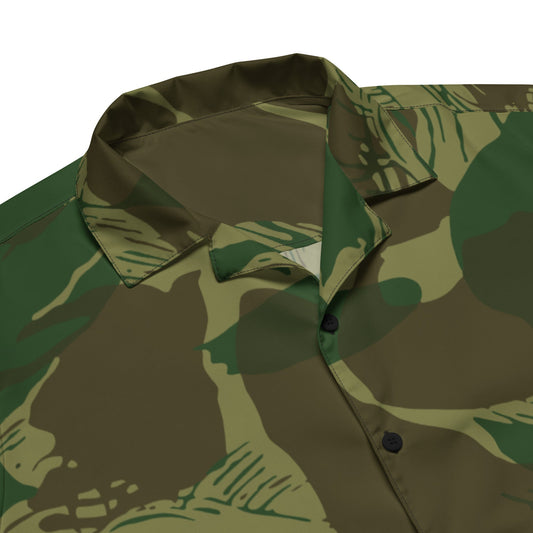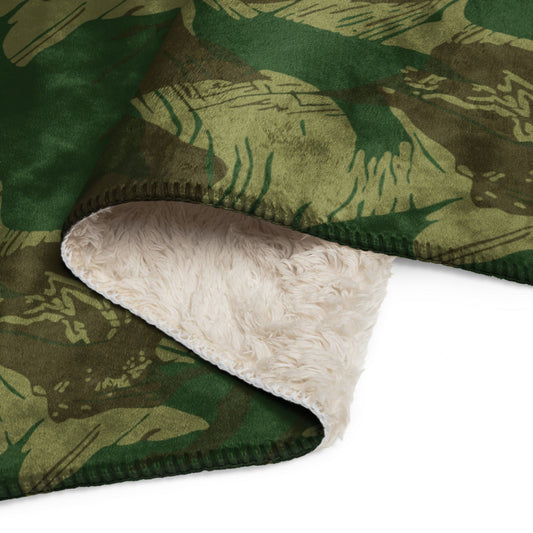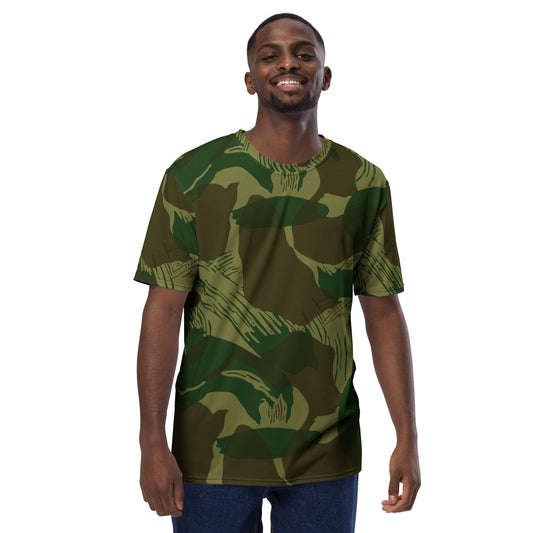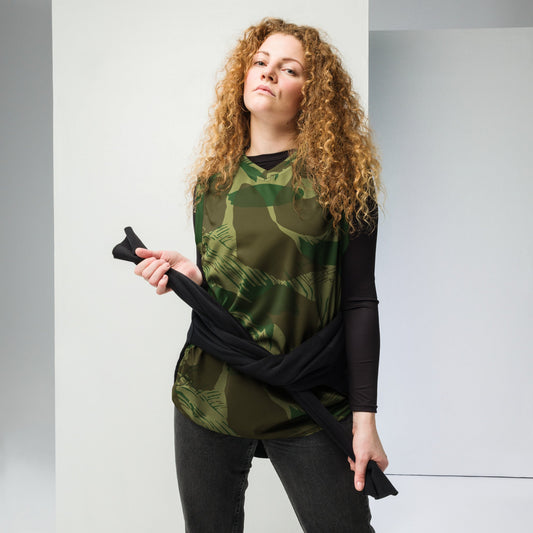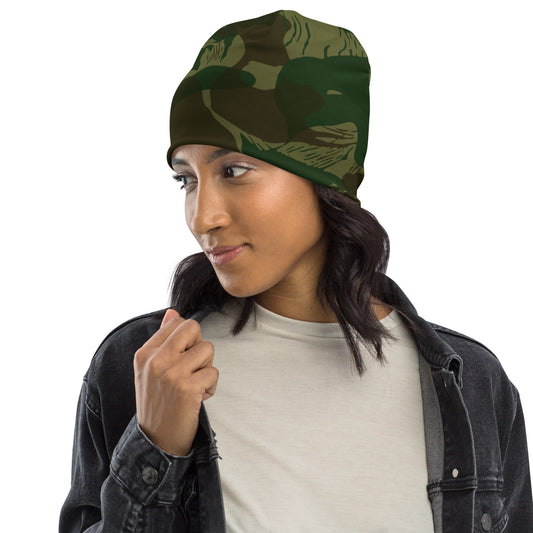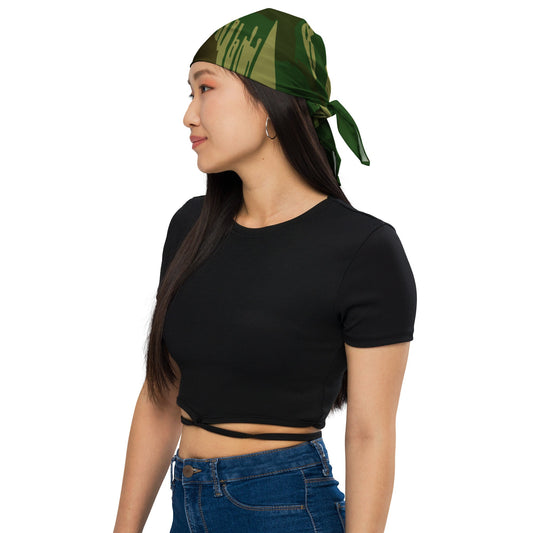-
Congo Brushstroke CAMO Unisex zip hoodie
Regular price $69.00Regular price -
Congo Brushstroke CAMO Duffle bag
Regular price $69.00Regular price -
Congo Brushstroke CAMO Unisex Hoodie
Regular price $69.00Regular price -
Congo Brushstroke CAMO Unisex Bomber Jacket
Regular price $69.00Regular price -
Congo Brushstroke CAMO Mens Sunscreen Sports Hoodie With Thumb Holes
Regular price $59.00Regular price$59.00Sale price $59.00 -
Congo Brushstroke CAMO Mens high top canvas shoes
Regular price $59.00Regular price -
Congo Brushstroke CAMO gym bag
Regular price $57.00Regular price -
Congo Brushstroke CAMO hockey fan jersey
Regular price $49.00Regular price -
Congo Brushstroke CAMO Unisex button shirt
Regular price $49.00Regular price -
Congo Brushstroke CAMO unisex sports jersey
Regular price $49.00Regular price -
Congo Brushstroke CAMO Backpack
Regular price $49.00Regular price -
Congo Brushstroke CAMO Mens Leggings
Regular price $49.00Regular price -
Congo Brushstroke CAMO Mens Long-sleeve Rash Guard
Regular price $49.00Regular price -
Congo Brushstroke CAMO Unisex Sweatshirt
Regular price $49.00Regular price -
Congo Brushstroke CAMO unisex wide-leg pants
Regular price $49.00Regular price -
Congo Brushstroke CAMO Mens Joggers
Regular price $49.00Regular price -
Congo Brushstroke CAMO Sherpa blanket
Regular price From $39.00Regular price -
Congo Brushstroke CAMO Mens Athletic T-shirt
Regular price $39.00Regular price -
Congo Brushstroke CAMO Unisex Athletic Long Shorts
Regular price $39.00Regular price -
Congo Brushstroke CAMO Mens t-shirt
Regular price $33.00Regular price -
Congo Brushstroke CAMO Reversible bucket hat
Regular price $32.00Regular price -
Congo Brushstroke CAMO unisex basketball jersey
Regular price $31.00Regular price -
Congo Brushstroke CAMO Neck Gaiter
Regular price $21.00Regular price -
Congo Brushstroke CAMO Beanie
Regular price $19.00Regular price -
Congo Brushstroke CAMO Headband
Regular price $15.00Regular price -
Congo Brushstroke CAMO bandana
Regular price From $15.00Regular price





